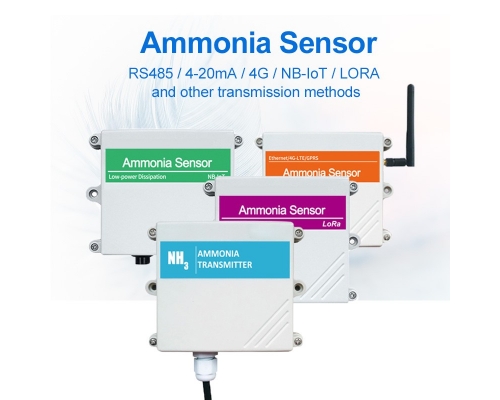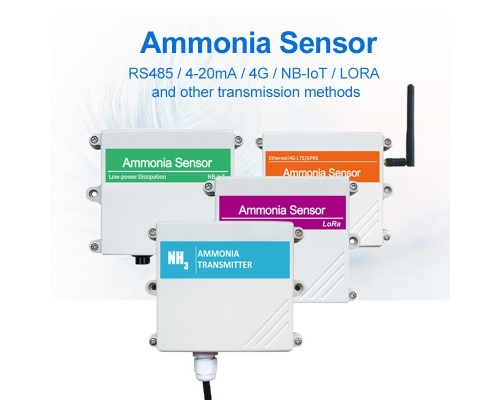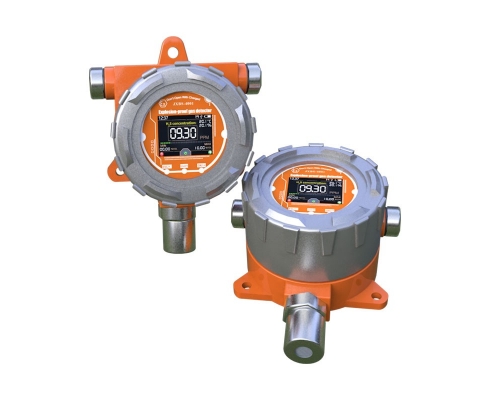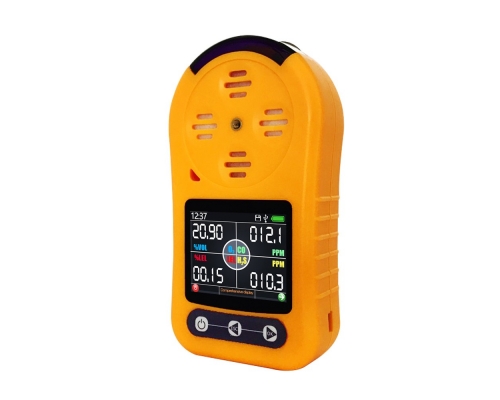
NH3 Sensor Technology Enhances Air Quality Monitoring
The NH3 sensor, a new technology designed to detect ammonia gas, is one such solution.

The NH3 sensor, a new technology designed to detect ammonia gas, is one such solution.
Air quality monitoring has never been more important than it is today. With growing concerns about climate change and the devastating effects of pollution on human health, there is a need for innovative solutions that can track and mitigate environmental risks. The NH3 sensor, a new technology designed to detect ammonia gas, is one such solution. In recent years, the technology has undergone improvements that have made it an indispensable tool for monitoring air quality and addressing environmental risks.

Ammonia is a common gas found in the environment, and it is naturally produced by human and animal waste, as well as fertilizer application. Ammonia is considered a pollutant when its concentration in the air exceeds safe levels, leading to adverse effects such as the formation of fine particulate matter, acid rain, and eutrophication of water bodies. These environmental risks pose serious threats to human health and ecosystems, and there is a need to monitor and control ammonia levels to mitigate its negative impacts.
The Ammonia sensor is a device designed to detect ammonia gas in the air, and it has undergone significant improvements in recent years. The new sensor technology has several advantages over previous models, including higher sensitivity, faster response times, and better accuracy. For example, the new sensor can detect ammonia concentrations as low as 0.1 parts per million, while older models could only detect concentrations above 10 parts per million. This improved sensitivity makes it possible to detect ammonia sources that were previously undetected, allowing for better control of environmental risks.
Another significant improvement in NH3 sensor technology is the use of solid-state sensors. These sensors use thin films of oxides or semiconductors to detect ammonia gas, replacing the traditional wet-chemical methods that were used in older models. The solid-state sensors have several advantages over older models, including greater selectivity, lower cost, and longer lifetimes. The new sensors are also more robust and can withstand harsh environmental conditions, making them ideal for use in outdoor air quality monitoring.

In addition to its use in monitoring environmental risks, the NH3 sensor technology has also advanced the agriculture industry. Ammonia is an essential component of fertilizers, and farmers use it to enrich soil and promote plant growth. However, the excessive use of ammonia fertilizers can lead to environmental pollution and health risks. Therefore, it is essential to monitor ammonia levels in agricultural settings to ensure that they remain within safe levels.
The NH3 sensor technology has made it possible to monitor ammonia levels in real-time, allowing farmers to adjust their fertilizer application rates accordingly. The new sensors are simple to use and can be installed in agricultural settings, providing high-resolution data on ammonia concentrations. Farmers can use this data to optimize their fertilizer use, reducing waste and environmental pollution while improving crop yields. The use of NH3 sensors also improves the health and safety of agricultural workers by reducing their exposure to potentially harmful levels of ammonia.
Beyond agriculture, the NH3 sensor technology can also be used in other industrial settings, such as wastewater treatment plants, chemical manufacturing facilities, and food processing plants. The sensor technology provides critical information on ammonia levels in these environments, allowing operators to adjust their processes and reduce environmental risks.

The NH3 sensor technology represents a significant advancement in air quality monitoring and environmental risk management. The new sensor technology has several advantages over previous models, including greater sensitivity, faster response times, and better accuracy. The technology is also easy to use, making it possible to monitor ammonia levels in a wide range of settings.
The NH3 sensor technology not only addresses environmental risks but also advances the agriculture industry. The real-time monitoring of ammonia levels has allowed farmers to optimize their fertilizer use, reducing waste and environmental pollution while improving crop yields. The technology also improves the health and safety of agricultural workers by reducing their exposure to potentially harmful levels of ammonia.
Overall, the NH3 sensor technology is an essential tool for promoting environmental sustainability, improving human health, and advancing various industries. As new developments arise, it is expected that the technology will continue to play a key role in mitigating environmental risks and promoting human wellbeing.